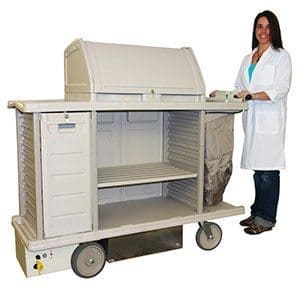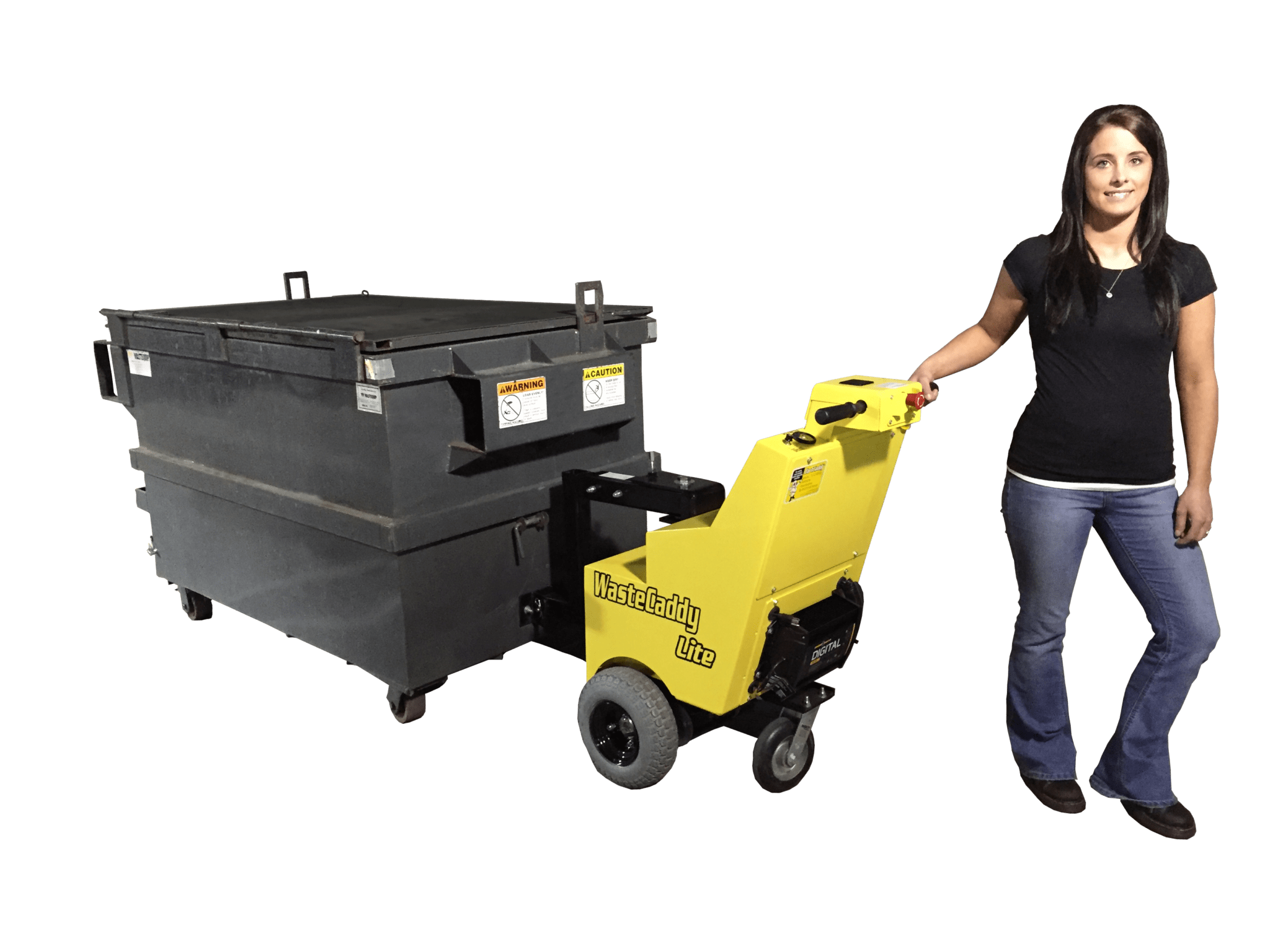 Times sure have changed since the typical property management equipment consisted of little more than a mop, broom, and screwdriver. Today, software runs the show behind the scenes.
Times sure have changed since the typical property management equipment consisted of little more than a mop, broom, and screwdriver. Today, software runs the show behind the scenes.
According to a recent Cre.tech article about the most successful real estate apps, 88% of property managers are using cloud-based software. Apps can handle online rent collection, tenant requests for repair, new tenant screening and applications, vacancy listings, and more.
Cre.tech highlights three property management apps with various selling points:
• AppFolio, an enterprise level property management software-as-a-service
• Buildium, with an owner portal packed with financial reports plus a tenant-facing portal
• Cozy, a property management app aimed at landlords and small businesses
Venture funds and public offerings have injected hoards of cash into these tech companies, with the market’s most popular apps becoming extremely profitable. With costs as low as a dollar per tenant per month, this is technology that any size landlord can adopt.
Does Your Property Need More Software… or More Hardware?
The value of such apps mostly comes from small increases in efficiency thanks to reduced paperwork, streamlined rent payments, and digital record keeping.
Property management equipment can bring an immediate impact to your productivity and profits, too. A battery-powered cleaning supply cart can help condo staff do daily chores a little faster. With motorized dumpster movers, you can use one employee instead of two to handle waste collection — while also reducing the risk of worker injury claims.
DJ Products has the property management equipment solutions you need to achieve the profitability that is now possible with modern technology. Check out our WasteCaddy and other efficiency-boosting products for more info.


 How many injuries do your employees have each year? Are any of those injuries related to moving heavy dumpsters on the job? If they are, then you need a solution. Moving dumpsters manually is hard work, and it puts employees and their health at risk. A dumpster puller or a great product like our
How many injuries do your employees have each year? Are any of those injuries related to moving heavy dumpsters on the job? If they are, then you need a solution. Moving dumpsters manually is hard work, and it puts employees and their health at risk. A dumpster puller or a great product like our 
